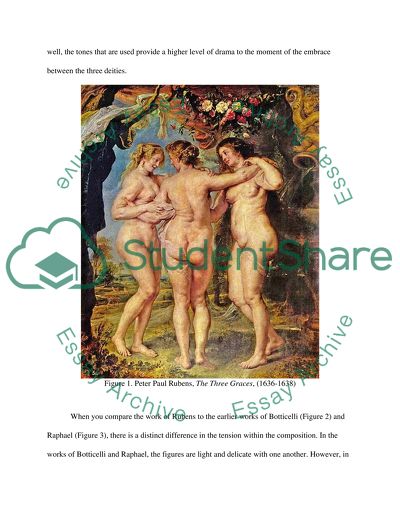Cite this document
(“Vermeers The Music Lesson and Rubens The Three Graces Essay”, n.d.)
Retrieved from https://studentshare.org/visual-arts-film-studies/1412377-vermeers-the-music-lesson-and-rubens-the-three-graces
Retrieved from https://studentshare.org/visual-arts-film-studies/1412377-vermeers-the-music-lesson-and-rubens-the-three-graces
(Vermeers The Music Lesson and Rubens The Three Graces Essay)
https://studentshare.org/visual-arts-film-studies/1412377-vermeers-the-music-lesson-and-rubens-the-three-graces.
https://studentshare.org/visual-arts-film-studies/1412377-vermeers-the-music-lesson-and-rubens-the-three-graces.
“Vermeers The Music Lesson and Rubens The Three Graces Essay”, n.d. https://studentshare.org/visual-arts-film-studies/1412377-vermeers-the-music-lesson-and-rubens-the-three-graces.


